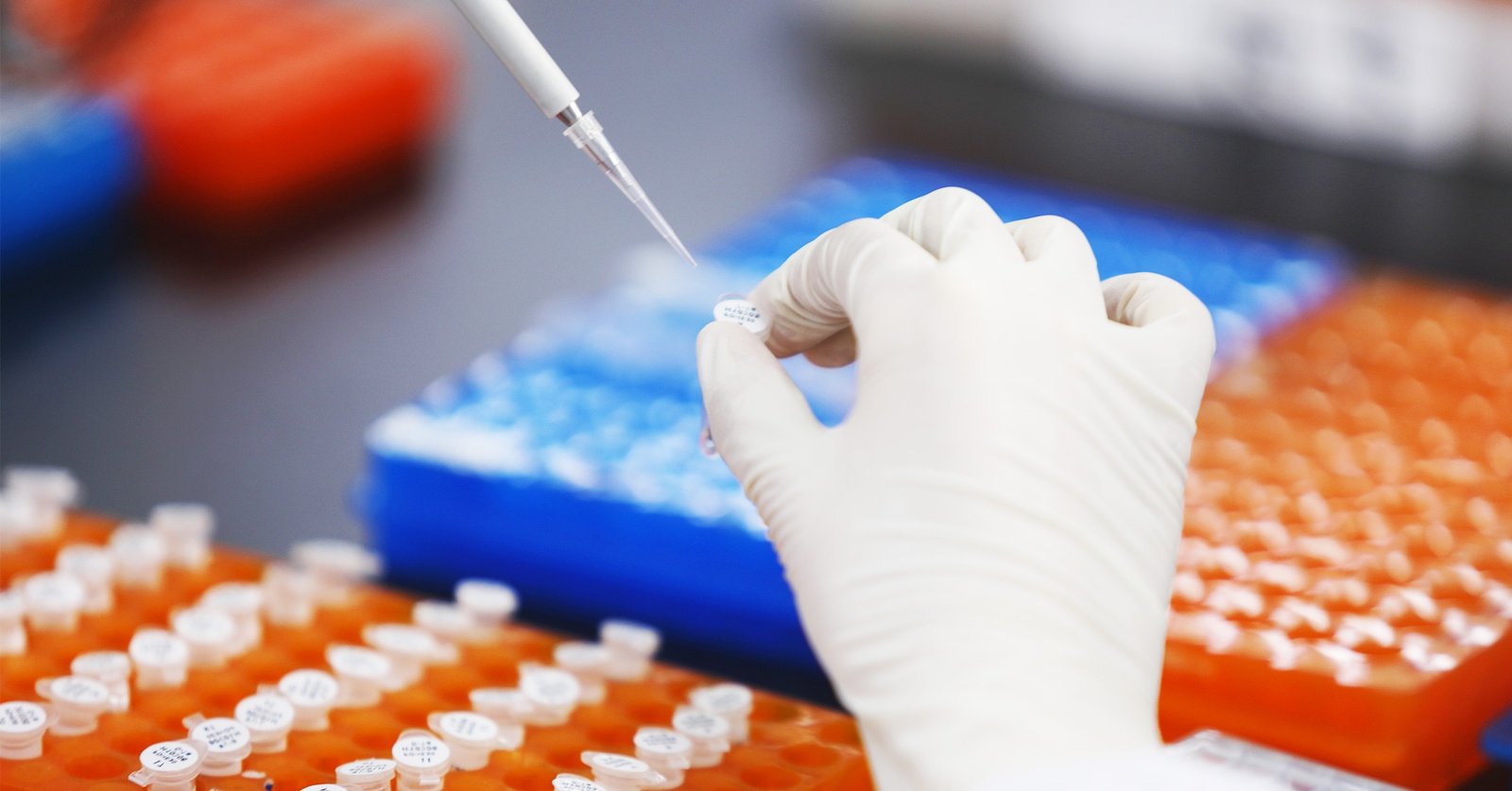
image credit- shutterstock
A single cell contains multiple omics including genome, epigenome, transcriptome, and others. The completion of the Human Genome Project in 2003 was the beginning of deciphering the biological meaning of the three billion nucleotides in the human genome. Later, a key technological milestone was the release of several massively parallel DNA sequencing (next-generation sequencing) platforms in 2005 and 2007, which allowed for generating sequencing reads of billions of base pairs in a few days at a cost of less than $1,000. Moving on, the single-cell omics sequencing research started in 2009 when the single-cell RNA sequencing (scRNA-seq) assay was described.
In recent years, more and more single-cell technologies have been developed. A vast amount of single-cell omics data has been generated by large projects globally, such as the Human Cell Atlas, the Mouse Cell Atlas, the Mouse RNA Atlas, the Mouse ATAC Atlas, and the Plant Cell Atlas. Based on these single-cell big data, thousands of bioinformatics algorithms for quality control, clustering, cell-type annotation, developmental inference, cell-cell transition, cell-cell interaction, and spatial analysis are developed.
Some of the most common single-cell technology methods include Single-cell RNA sequencing (scRNA-seq); Single-cell proteomics; Single-cell epigenomics; Single-cell imaging; and Single-cell electrophysiology.
Notably, the first successful demonstration of single cell RNA sequencing was published in 2009 by a team of researchers at the University of Washington led by Dr Jay Shendure and Dr Cole Trapnell. They used a method called Smart-seq to amplify and sequence the mRNA from individual mouse blastomeres (early-stage embryonic cells) and demonstrated that the technique could be used to profile gene expression in individual cells.
APAC market ripe for single-cell technology
Market researchers analysing this technology say that the exponential growth in studies applying single-cell analysis is explicitly tied to the acceptance of the technique by biologists. Single-cell analysis has influenced and impacted different domains of science including cancer biology, neuroscience, immunology and so on. These applications will push the global single-cell technology market to grow rapidly over the next five years.
According to a report by MarketsandMarkets, the global single-cell analysis market size was estimated to be $1.5 billion in 2020 and is projected to reach $5.6 billion by 2025, growing at a compound annual growth rate (CAGR) of 30 per cent during the forecast period. Out of this $5.6 billion, the Asia Pacific (APAC) market is projected to account for approx. $1.37 billion by 2025.
The countries that are leading APAC single-cell analysis market include Japan, China, India, South Korea, Singapore, Australia, with Japan projected to register the highest CAGR in the next few years. Many local players in Japan such as Takara Bio, Riken, On-chip Biotechnologies have emerged as strong players to give tough competition to the global companies that hold the majority market share.
Following up on this trend is Singapore that is now being considered as the hot bed for single-cell technology. For instance, Proteona, a subsidiary of Singleron Biotechnologies (based out of China and Germany), and a leader in single-cell multi-omics analysis, opened a new operations facility in Singapore last year. The new site is functioning as the regional headquarters for Singleron in Asia outside China with a focus on servicing customers in Singapore, the surrounding APAC region, and in the global pharmaceutical and biotechnology industry.
“Single-cell analysis has emerged as a powerful tool for deciphering the complexity of biology and advancing precision medicine initiatives. Technological advancements and increased healthcare investments have resulted in a global market value of $3.5 billion in 2023. The Asia Pacific (APAC) is the fastest-growing single-cell analysis market, led by China and Japan, with significant contributions from India, South Korea, Singapore, and Australia. While single cell RNA sequencing remains the main market driver, recent and emerging single-cell multi-omics and spatial transcriptomics technologies are steadily gaining momentum. The APAC market is expected to see increased options and lower price barriers, leading to wider adoption of single-cell analysis technologies”, said Dr Jonathan Scolnick, General Manager, Singleron Biotechnologies.
Another recent development for the APAC market is the partnership between US-based Parse Biosciences and Molecular Diagnostics Korea, to broaden access to single-cell genomics research in Asia. The partnership comes shortly after the announcement of Parse Biosciences’ $41.5 million Series B round in February 2022, which is enabling the company to expand commercialisation of its single-cell RNA-Seq products in response to growing demand.
One more example is of US-based Mission Bio, one of the pioneers in high-throughput single-cell DNA and multi-omics analysis, and China-based Abiosciences that have recently signed a partnership to co-develop bioinformatics packages for translational and clinical research applications in haematological cancers. The goal is to combine Mission Bio's single-cell DNA and multi-omics capabilities with Abiosciences' Artificial Intelligence (AI) expertise, to uncover new disease signatures and address therapeutic resistance.
Eyeing the APAC market, US-based 10x Genomics is currently one of the leading companies in the development of single-cell technology, with a focus on providing innovative solutions for the analysis of complex biological systems at the single-cell level. One of the key technologies that 10x Genomics has developed is the Chromium Single Cell Gene Expression Solution, which enables researchers to capture and analyse gene expression data from thousands of individual cells in a single experiment.
“More and more, we see that single cell methods are becoming the standard for a growing fraction of life science research, an essential element of many new grant applications and are increasingly becoming a requirement for publication. Single cell genomics is a powerful tool that is transforming cancer research and our understanding of health and disease”, said Ben Hindson, Co-founder & Chief Scientific Officer, President, 10x Genomics.
The company has recently marked a major APAC expansion with the opening of its Singapore manufacturing facility and commercial hub. 10x Genomics has also been working closely with its distributor Premas Life Sciences in India.
“Single-cell analysis has been instrumental in understanding cancer biology in greater detail and shedding light on various mechanisms previously unknown. This technology has also been adopted to understand the disease biology of several non-communicable diseases. Neurodegenerative illnesses such as Alzheimer's and Parkinson's have been studied in order to discover alterations in gene expression in brain tissues. The molecular foundation of illness development in cardiovascular diseases, autoimmune disorders, and metabolic problems has been studied. Airway inflammation pathways in respiratory illnesses such as COPD and asthma have been studied. Kidney problems, musculoskeletal issues, neurodevelopmental disorders, and haematological disorders have all been studied," elaborated Dr Nitya Nand Sharma, Strategic Business Unit Head – Applied Genomics, Premas Life Sciences.
"Furthermore, single cell technologies have shed light on skin problems, gastrointestinal ailments, and other illnesses. Researchers may use this technique to identify illness-specific cell types, characterise gene expression patterns, and understand cellular interactions within the setting of the disease microenvironment. These findings have the potential to identify new therapeutic targets, improve treatment tactics, and expand our understanding of the underlying processes that cause multiple diseases", added Dr Sharma.
Another recent example would be of US-based BioSkryb Genomics, a company transforming single-cell analysis by enabling the most complete multi-omic view of the cellular ecosystem, announcing a partnership with Research Instruments, a premier distributor for genomic and life science research products in Southeast Asian countries such as Singapore, Thailand, Malaysia and Vietnam, to distribute BioSkryb’s ResolveDNA and ResolveOME single cell amplification tools throughout Singapore and Southeast Asia. Research Instruments is part of Everlife Asia, a leading Asia-focused market access and distribution group with strong capabilities in life sciences, clinical diagnostics, and analytical instrumentation operating in seven countries across Asia.
Hurdles to cross
Although market analysts say that APAC region’s single-cell technology market is poised for significant growth in the coming years owing to the technological advancements, increasing demand for personalised medicine, and the growing prevalence of chronic diseases, the high cost and complexity of this technology are challenges that must be overcome.
Sharing her thoughts in this regard, Xiaohui Man, Market Development Manager, BD Bioscience - Central and South Asia, Japan said, “Current challenges are that the customer doesn't have capital to invest in all platforms for single-cell sequencing, such as cell capture platform, library QC, and sequencing. Also, there is limited human resource in bioinformatics. But then, more and more researchers are looking forward to utilising single cell sequencing in their work, and they are looking forward to seeing more single cell sequencing service providers that can provide end to end service.”
Showing a way out of these challenges, Dr Jonathan Scolnick said, “Despite growth, APAC's market faces challenges including optimising sample collection, preservation, and shipment, particularly for clinical research. Sample processing costs, including the requirements for instrumentation, are also a barrier to market expansion. However, significant improvements have been made to reduce sample processing costs and provide instrument-independent solutions, enabling larger studies across more APAC countries. An increase in single-cell service offerings has also been instrumental in increasing technology access. Finally, analysing large, complex single-cell datasets requires bioinformatics expertise. Fortunately, software now exists to aid labs with limited experience. Bioinformatics as a service is also gaining traction, enabling more researchers to use single-cell technologies.”
With the global interest in technologies such as AI and machine learning positively impacting single-cell analysis in APAC, the region is all set to experience substantial advancements in bioinformatics and the development of large clinical databases, bringing single-cell analysis closer to clinical application and fulfilling its promise for advancing precision medicine and therapeutics in times to come.
Anusha Ashwin



